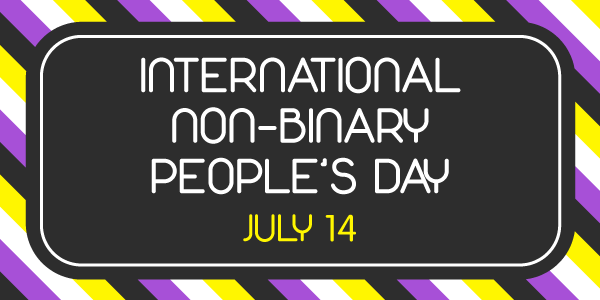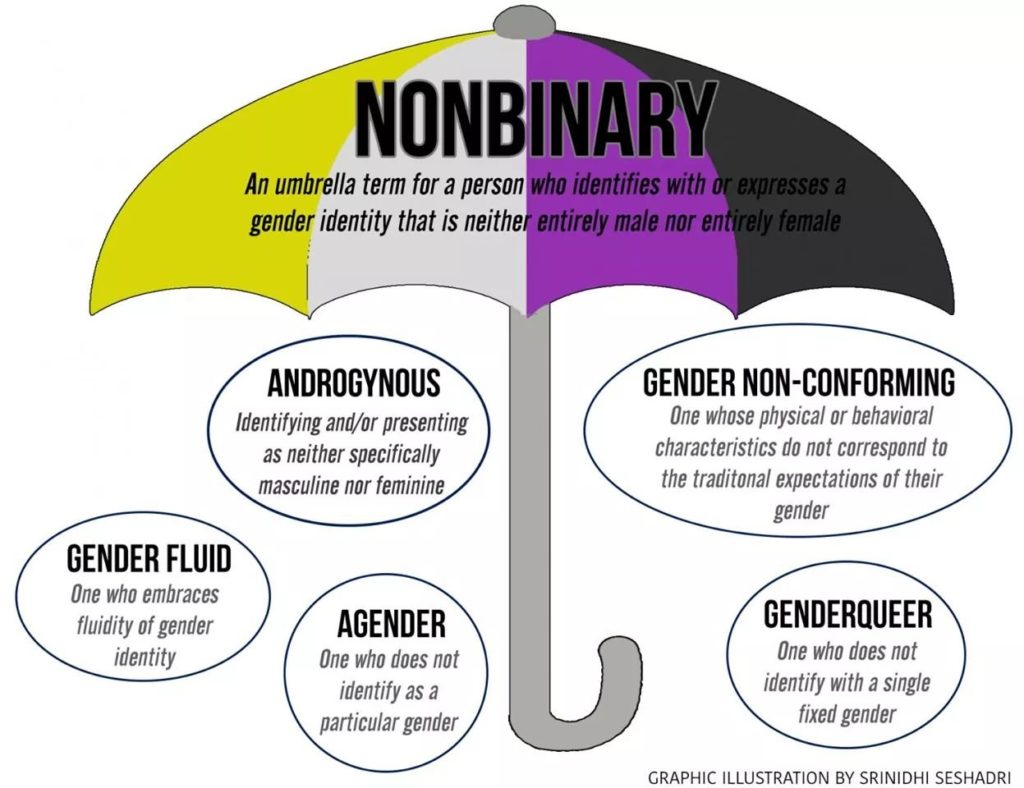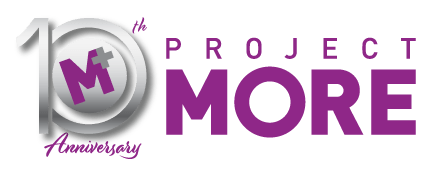
International Non-Binary Day raises awareness and understanding for non-binary people. Although it can be challenging to understand the terminology, the best way to know more about non-binary people is by talking to them, hearing their stories, struggles, and becoming an advocate and ally.
By definition, gender identity is a person’s sense of being a woman, a man, both, neither, or anywhere along the gender spectrum. Gender expression is how a person publicly expresses or presents their gender. This can include behavior and outward appearance, such as dress, hair, make-up, body language, and voice. While many people believe sexual orientation and gender are the same things, they are not. Sexual orientation has, in fact, very little to do with gender; it is solely about who you are attracted to, while gender refers to identifying oneself straight or somewhere on the LGBTQ+ spectrum.
Non-binary refers to individuals who identify their gender not exclusively male or female. [emaillocker id=4438]This is different from gender non-conforming, which is used to identify people whose gender expression exists outside the realm of masculinity or femininity. The term non-binary is often used in conjunction with the term genderqueer, which refers to living in a way that does not align with heterosexual or homosexual norms. There are other gender identities linked to being non-binary or genderqueer; the most commonly used are genderfluid, androgynous, two-spirit, pangender, and agender, to name a few.

Coming to understand and live as one’s authentic self is a big step for anyone in the LGBTQ+ spectrum. It is common for transgender, non-binary, and non-conforming individuals to choose gender pronouns with whichever they best identify. Using the correct pronouns for someone is important because it allows the other person to feel accepted and welcome. Misgendering a person can often lead to negative consequences in self-confidence, mental health, and often discrimination. The safest way to not misgender a person is to ask what pronouns they use. According to the Seattle Nonbinary Collective, “most commonly, non-binary people use ‘they,’ since most people already use “they” when someone’s gender is unknown. Singular ‘they’ is used just like plural ‘they’ – ‘they, them, theirs’ with one addition, ‘themself.'”
[/emaillocker]
To learn how to be respectful as possible when using identifiable language and learn more about terminology used in the LGBTQ+ community, check out this comprehensive vocabulary guide.
The Santa Clara County Office of LGBTQ Affairs is having a live panel discussion on Zoom at 4:30pm July 14, 2020. Click here to register for free.

